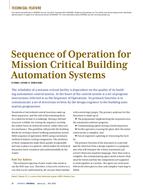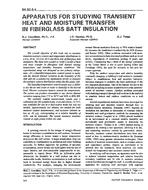Click here to purchase
According to the Carbon Trust of the United Kingdom, “CHP for industrial, commercial and domestic applications has the potential to make a significant contribution to energy efficiency improvements and to reducing CO2 emissions. It is a key technology needed to help meet the UK’s greenhouse gas emission reduction targets and begin the transition to a low carbon economy” (CTUK 2002). CHP has the potential to reduce a facility’s CO2 emissions provided there is good power and thermal load matching and a credible means to calculate these potential CO2 emissions savings.
The Regional Greenhouse Gas Initiative (RGGI) is the first mandatory, market-based effort in the United States to reduce greenhouse gas emissions. Ten Northeastern and Mid- Atlantic states will cap and then reduce CO2 emissions from the power sector by 10% by 2018. Midwestern and West Coast states have created similar organizations and are expected to monetize carbon emissions. President Obama’s intentions are for sweeping changes in how Americans use energy, and he has made it clear that the United States will participate in talks on the successor to the United Nations’ Kyoto Protocol.
The engineering community is increasingly called upon to calculate the carbon emissions impact of applying a CHP system at the design stage. This paper explores important dataset choices when comparing fuel use and CO2, SO2, and NOx emissions at the design stage for CHP systems with the electric grid in various locations throughout the United States.
Citation: ASHRAE Transactions, Volume 117, Part 1, Las Vegas, NV
Product Details
- Published:
- 2011
- Number of Pages:
- 11
- File Size:
- 1 file , 3.6 MB
- Product Code(s):
- D-LV-11-030


